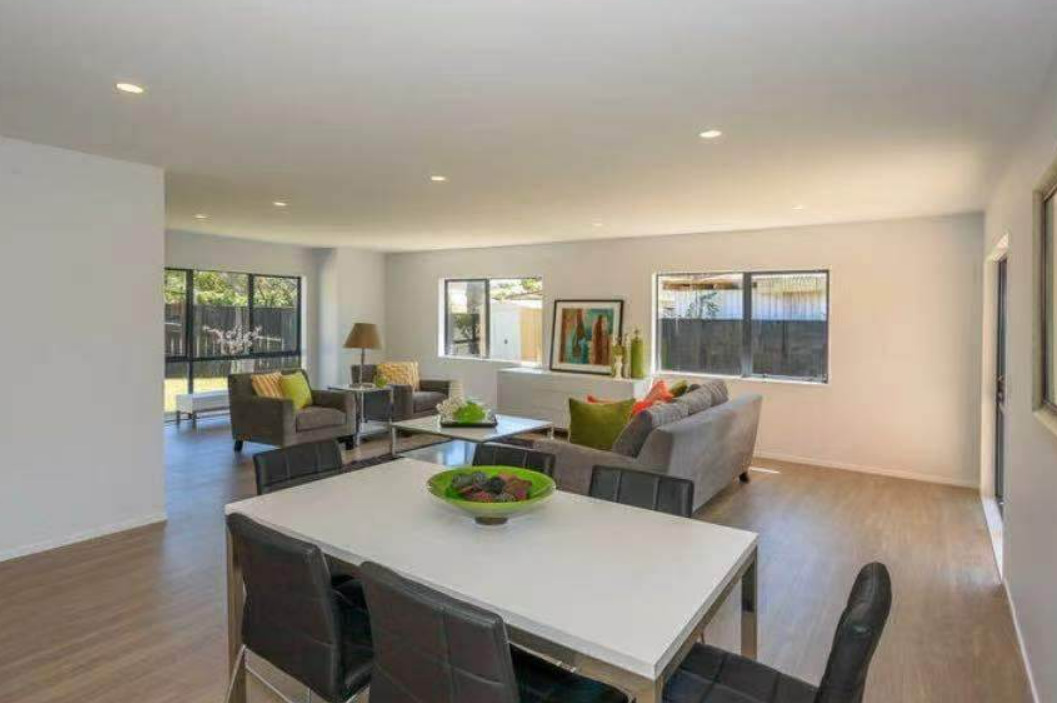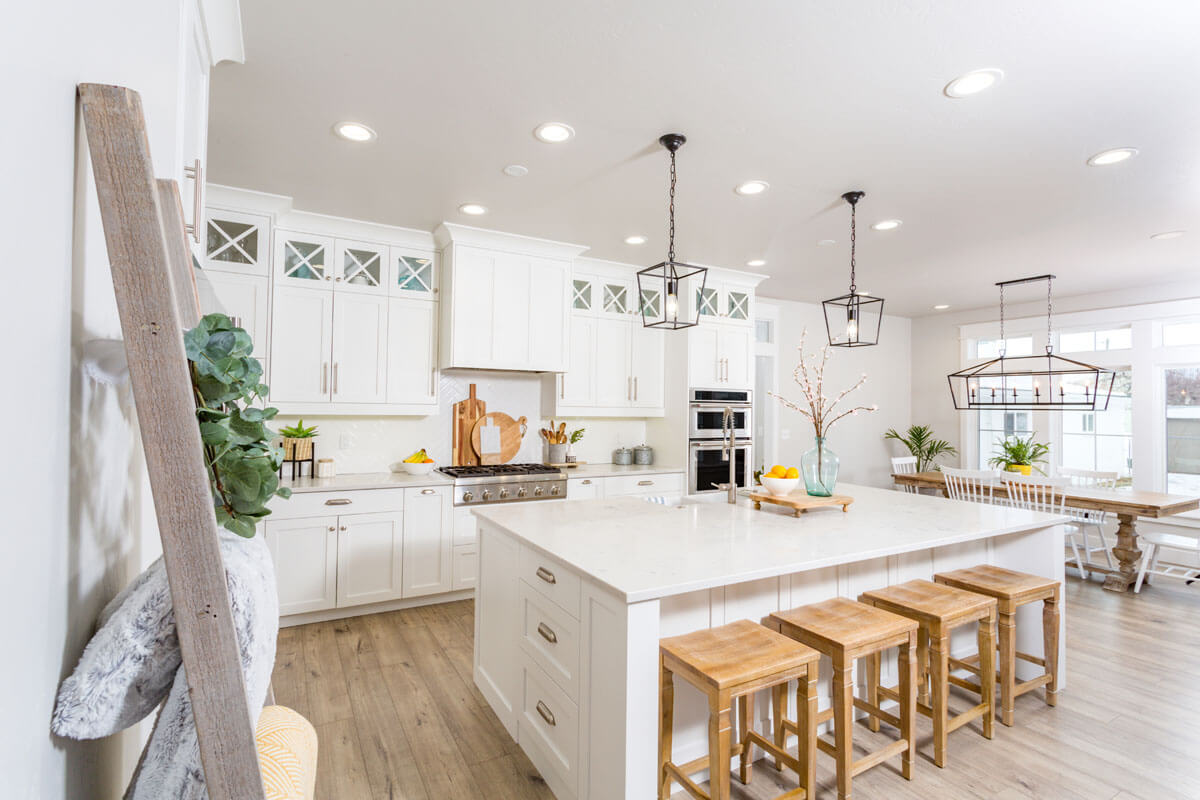Spray painting hardware on furniture is an inexpensive way to revitalize and refresh old pieces. A fresh coat of paint on knobs, handles or hinges can transform the appearance of your furniture. This guide will walk you through the steps of cleaning and spray-painting hardware.
Materials and tools needed
Gather the following materials before you begin:
- Screwdrivers, flathead and Phillips
- Ziplock bags (for screws or other small containers)
- Degreaser, dish soap
- Bucket
- Steel wool or wire brushes
- Sandpaper (220-grit)
- Painter’s Tape
- Drop cloths and old newspapers
- Spray paint (primer in the color of your choosing)
- Clear topcoat spray (optional)
- Safety equipment (gloves masks goggles)
Step 1: Remove the Hardware
Remove the hardware from your furniture. Remove handles, knobs and hinges using the correct screwdriver. Place the screws and other small pieces in a ziplock or container as you remove each item. This will prevent them from being lost. If you have different types of hardware, label each bag or container to keep it all organized.
Step 2: Clean the Hardware
It is important to thoroughly clean the hardware in order to achieve a durable and smooth paint finish. Follow these steps:
- Degreasing Fill up a bucket of warm water with a few drops dish soap or degreaser. Submerge all hardware in warm water and soak it for 10-15 minutes. This will help remove any dirt, grease and grime.
- Scrubbing Use a steel wool or wire brush to scrub every piece of hardware. You should pay special attention to the crevices or intricate designs, where dirt may accumulate. You may need to use an abrasive cleaning agent if the hardware is heavily tarnished.
- Rinsing & Drying: Rinse and dry the hardware with a clean, fresh cloth. Before moving on to the next stage, make sure all pieces are dry.
Step 3: Sanding Hardware
Lightly sand the hardware pieces with a 220-grit paper to ensure that spray paint adheres. This will give the surface a rougher texture, which allows primer and paint better to adhere. To remove dust and debris, wipe the hardware down with a wet cloth after sanding.
Step 4: Set Up Your Workspace
Spray painting is best done in an area that has good ventilation, like a garage where the door is open or a space outdoors. Drop cloths or old newspaper can be used to protect your surrounding area from the overspray. Painter’s tape can be used to cover moving parts on hinges or other hardware that you do not want painted.
Step 5: Prime the Hardware
Primer is necessary for a durable finish. How to prime your hardware
- Shake Primer: Shake vigorously the primer can for about one minute to make sure it’s well mixed.
- Spray Primer on Hardware: Holding the can 6-8 inches from the hardware, spray a light and even coat. To avoid drips or runs, move the can back and forth in a steady motion.
- Drying: According to the instructions of the manufacturer, allow the primer to completely dry. It usually takes 30 minutes to 1 hour.
Step 6: Spray Paint the Hardware
After the primer has dried, you can spray the paint. For a professional look, follow these steps:
- Shake Paint: Shake your spray paint can for at least a minute to mix it thoroughly.
- Spray the paint: Holding the can at a distance of 6-8 inches from the hardware, spray thin and even coats. Spray slightly away from the edge, then move along the piece and stop just off the opposite edge. This will prevent paint from building up at the edges.
- Multiple coats: Apply a few thin coats and allow each one to dry for 10-15 minutes before adding the next. The use of thin coats will reduce the chance of drips, and give you a smoother finish.
- Dried: After you’ve achieved the desired coverage of the hardware, allow it to dry completely. It may take several hours to dry, but it is best to let it cure overnight.
Step 7: Applying the Topcoat (Optional).
A clear topcoat will add durability and protection to painted hardware. Follow these steps if you decide to use a clear topcoat:
- Shake Topcoat: Shake for a few minutes the topcoat can.
- Spray the Topcoat: Hold the can at a distance of 6-8 inches and spray a thin, even layer over the painted hardware. Apply multiple thin coats instead of one thick coat, just as you would with paint.
- Drying: Allow topcoat to dry as per the instructions of the manufacturer. This usually takes between 30 minutes and an hour.
Reinstalling Hardware
Reinstall the hardware on your furniture once it has dried completely. Reattach each piece carefully using the original screws. Make sure that everything is aligned and secure.
Get the Best Results
- Test Spray Paint: Prior to painting your entire hardware, spray test a small piece inconspicuous. This will ensure that you are happy with the finish and color.
- Weather Conditions: Avoid painting during very humid or windy conditions, as they can affect the final finish.
- Safety: When spray painting, wear goggles, gloves and a mask to protect you from paint particles and fumes.
- Patience: Allow sufficient drying time between each layer of primer, paint and topcoat. The finish can be affected if you rush the process.
Troubleshooting common issues
- Drips or Runs: Wait for the paint completely to dry, then lightly sand and reapply thin coats of paint.
- Uneven Coverage – Make sure you apply thin, even coats. Also, avoid holding the spray can close to the hardware.
- Paint not Adhering: Inadequate cleaning or sanding could be the cause of paint adhesion problems. Before painting, make sure that the hardware has been cleaned and lightly sanded.
The conclusion of the article is:
Spray painting furniture hardware is a great way to customize and update your furniture. You can give old furniture a new lease of life with the right techniques and preparation. Take your time and enjoy the transformation of your furniture hardware.





